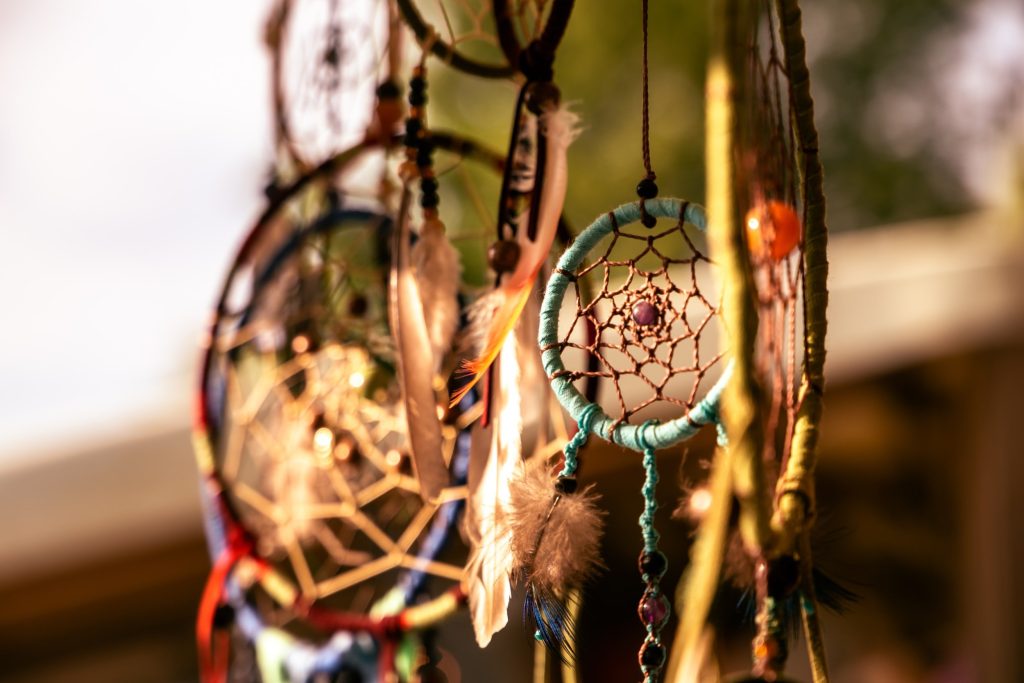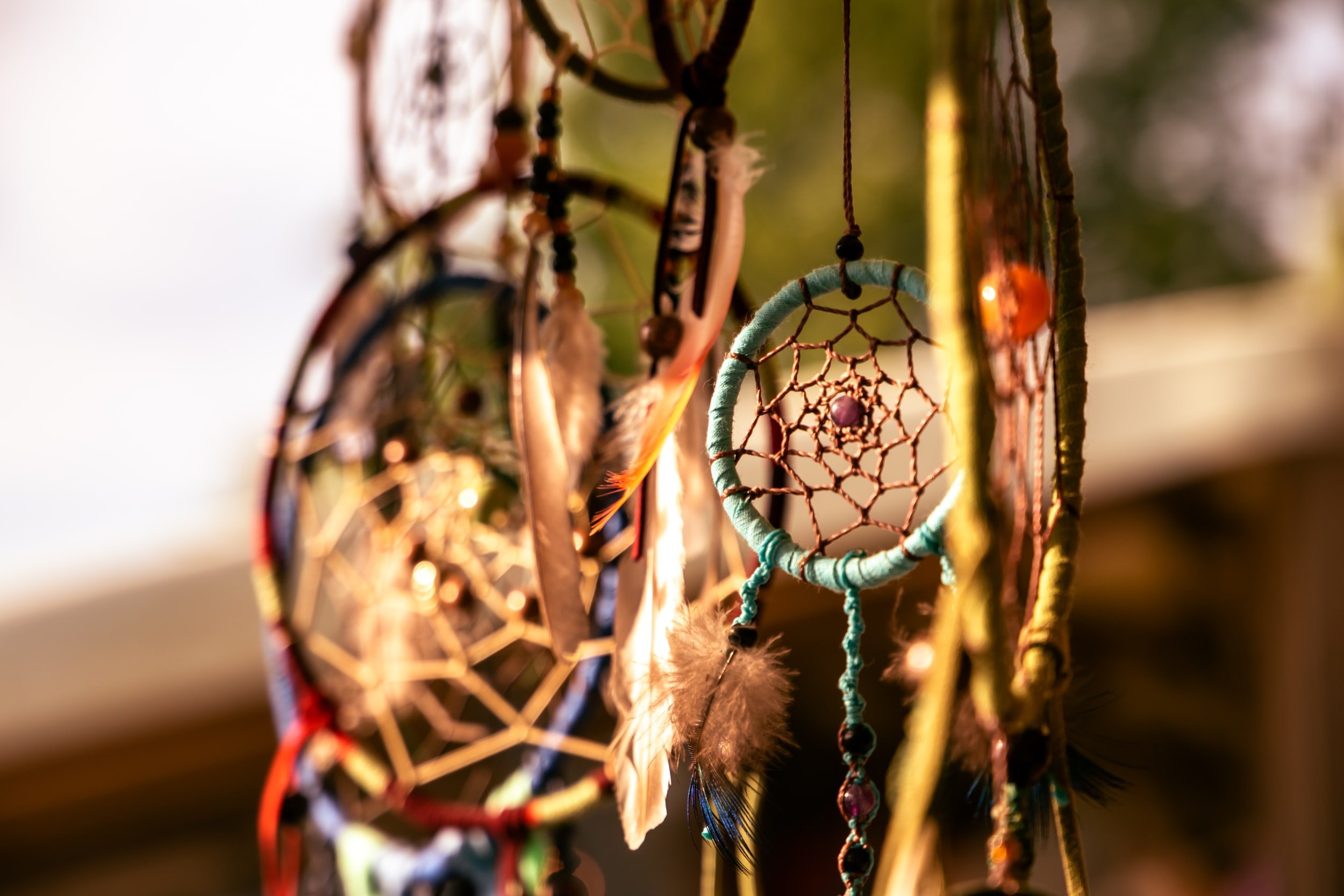
Key Elements of an Effective Museum Land Acknowledgment

**The Growing Debate on Land Acknowledgments in U.S. Art Institutions**
In recent years, many institutions, including art museums across the United States, have begun incorporating land acknowledgments as a way to recognize the Indigenous peoples whose lands they occupy. However, as numerous Indigenous scholars and community leaders point out, these statements are often considered “performative” or “hollow” when not followed by tangible actions.
### The Evolution of Land Acknowledgment in Art Spaces
Land acknowledgments are designed to recognize that the space institutions occupy belongs historically and culturally to Indigenous tribes who faced displacement, violence, and exclusion. But beyond acknowledgment, critical voices argue that institutions often fail to establish relationships with the Indigenous communities they claim to honor.
In 2021, museums such as the Metropolitan Museum of Art in New York City installed a physical plaque acknowledging the Lenape people, indigenous to the region. Similarly, the Legion of Honor and de Young Museum in San Francisco erected an acknowledgment on an exterior wall while also providing a detailed explanatory text on their websites.
Many museums have opted to display their acknowledgments on their websites rather than on physical plaques. For example, the Brooklyn Museum, the Whitney Museum of American Art, and the Los Angeles County Museum of Art all have dedicated sections acknowledging the Native tribes connected to the land they occupy. However, the intricacy of these statements varies: Some provide additional educational resources, such as links to relevant organizations, while others leave much to be desired.
### What Makes Land Acknowledgments Hollow
Despite their growing prevalence, a recurring critique from scholars like Joseph M. Pierce, a Cherokee Nation citizen and professor, is that land acknowledgments often amount to little more than symbolic gestures. In a 2021 op-ed, Pierce challenged the art world by asking, “What material, tangible changes are enacted?” His point speaks to a fundamental issue — that many acknowledgments are not backed by meaningful action or partnerships with Indigenous communities.
Other notable voices, such as Candice Hopkins, Executive Director and Chief Curator of the Forge Project, stress that these acknowledgments should be framed not just as a historical statement but as an articulation of ongoing relationships. Hopkins believes that institutions must partner with existing Indigenous communities in a non-extractive manner, shifting from program-centric approaches to meaningful, sustained collaborations.
### Beyond Communication: Seeking Meaningful Action
Hopkins provides a strong example via the Forge Project, a New York-based Native-led nonprofit that shares revenue from its paid tours with the Stockbridge-Munsee community. The organization is also actively involved in land remediation, engaging in sustainable practices to restore the biodiversity in the area. This approach not only acknowledges the traditional stewards of the land but also contributes to their well-being in a materially significant way.
On the other hand, many art institutions continue to struggle with making land acknowledgments more than just rhetoric. For example, prestigious establishments such as the Museum of Modern Art in New York and the San Francisco Museum of Modern Art do not yet feature land acknowledgments on their websites. Even the Getty Museum and Foundation, which announced their acknowledgment was in development as of 2021, have yet to concretize any partnerships or actions beyond exploratory FAQs for the public.
### Acknowledgments as Incomplete Histories
Another critique of current acknowledgments revolves around how they often pacify history. While many institutions acknowledge they are occupying “unceded” or “ancestral” lands, they often fail to grapple with the violent ways Native peoples were removed from their lands. According to Hopkins, acknowledgments frequently omit the brutal realities of colonization, reducing the historical narrative to a matter of unfortunate displacement rather than a process rooted in centuries of violence and subjugation.
Moreover, institutions that only engage with Indigenous communities when planning programming are merely touching the surface of what could be a substantive relationship. As Hopkins puts it, “Many museums believe that their interest in collaboration is enough. But communities may have different priorities, often rooted in needs like healthcare and education. Institutions need to understand that and establish relationships that address these needs, not just focus on programming.”
### Moving Forward: Rethinking Engagement
Ultimately, Indigenous communities are wary of art institutions that seek quick collaborations to fulfill diversity and inclusiveness goals. Scholars argue that the real work isn’t done through performing land acknowledgments but through fostering deep, ongoing relationships with Indigenous communities. The phrase “land acknowledgment” should, therefore, not just signal the institution’s awareness of its location but bind the entity to the Indigenous peoples in both cultural and economic solidarity.
Take the case of the Forge Project, which, beyond acknowledgment, has offered direct support to Indigenous neighbors while fostering environmental stewardship through hands-on collaboration. The organization presents a model worth emulating, as it goes beyond symbolic gestures and aims to build a lasting, ethical relationship with Indigenous communities.
### Conclusion: An Urgent Need for Reflection
For land acknowledgments to carry weight, they need to be more than words on a website or plaque in a gallery. Building